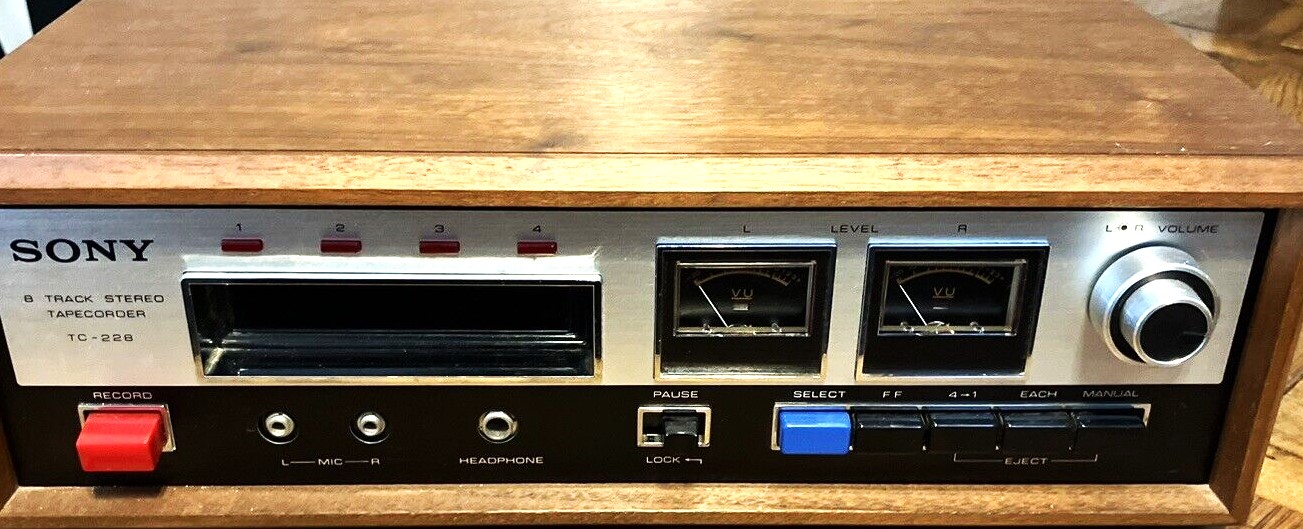Story by Sara Paul
It’s a chilly, damp Sunday at the Warwick Ambulance Corps on South St. Ext. Several members are gathered in the building’s warm and cozy meeting room. There are a couple of young guys and a few older folks. They are sipping coffee and playing a card game called “Apples,” a game that looks quite ridiculous and must be so, judging from their laughter, their smiles, and their familial facial expressions. It’s as if it were a sweet Sunday at home with family and friends.
It’s just after noon, and the call sounds over the scanner. An elderly individual is hurt and in great pain. Assistance is needed. Without hesitation, cards are dropped, hot coffees abandoned, gear loaded, and within seconds, the first responders are in their emergency vehicle. Belts buckled, sirens on – they are off.
There’s some quiet banter in the ambulance: where is the call, who made the call, what might be the best way to approach the situation, what are the clear roles and expectations for a call of this nature. No one is panicking; no one is frantic. Training and experience have taught them better. It’s a pensive time for thoughtful preparation.
The ambulance (the “bus”) zips along Rt. 94 – not too fast, but not too slow. So far, the nature of the call does not dictate a speedy arrival. Right now, the safety of the passengers in the ambulance as well as other motorists on the slick road is firmly planted in the driver’s mind. Sirens are utilized sparingly; the goal is caution with calm.
The crew arrives at the reported address, and quickly heads to the front door. A family member lets them in immediately, even though they are strangers. But here and now, in this surreal picture, it is a rare moment when total strangers are invited, welcomed, appreciated, and trusted.
The elderly individual is clearly in great discomfort and unable to walk. The stretcher is retrieved, and, in a tight, narrow hallway, responders gently help the individual on. It’s a delicate balance of carefully and professionally assisting another human being who is at their most vulnerable, most unsure, and most powerless.
In the presence of such care, family members become comfortable in their positions on the perimeter of the situation. The invited strangers are now quite the antithesis of foreign or strange. They have become family; they have become the beautiful bridge from exasperating to exhaling.
In the ambulance to St. Anthony Community Hospital, there is an odd juxtaposition of intense medical focus with a jovial, nonchalant tone. The EMS team is working on assessing vitals and extracting medical history, while making some cheerful, easy-going small talk. After this particular ride, EMS volunteers have learned the patient’s entire life history.
When the bus back doors open and the individual is lowered down near the Emergency Room’s sliding doors, the patient is actually smiling. It’s not the countenance one would expect from someone abruptly delivered from the comfort of their home to a sterile hospital waiting room, but there it was – a smile, a trust, a place where strangers are now on a first name basis.
With the patient now entrusted to competent hospital staff, the EMS crew unassumingly boards their vehicle and heads back to the bay. There are serious post-call discussions about decisions made and lessons learned. The ride back is contemplative and reflective.
Back at South St. Ext., the card game resumes. The laughter returns. And no one in Warwick, save a precious few, is aware that a catastrophe has been averted, a life restored, a bond formed, a job done.
Anyone interested in joining the Warwick EMS, can call 986-4136, e-mail warwickems@gmail.com, visit www.warwickems.com, or stop by the Bay at 146 South St. Ext. Interested individuals are also urged to try the Corps Ride-Along Program to see what the volunteer opportunity entails. Junior Corps members are welcome and must be 14 to 17 years of age or a graduating senior.







